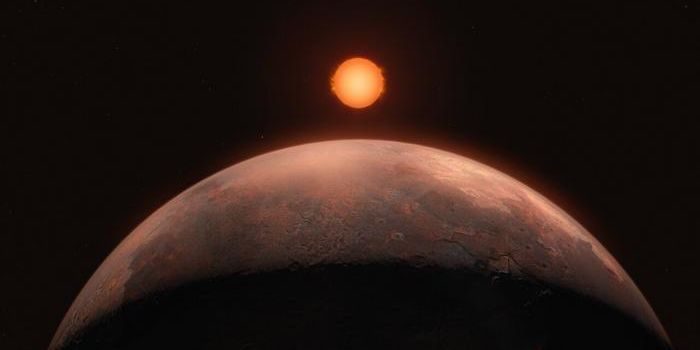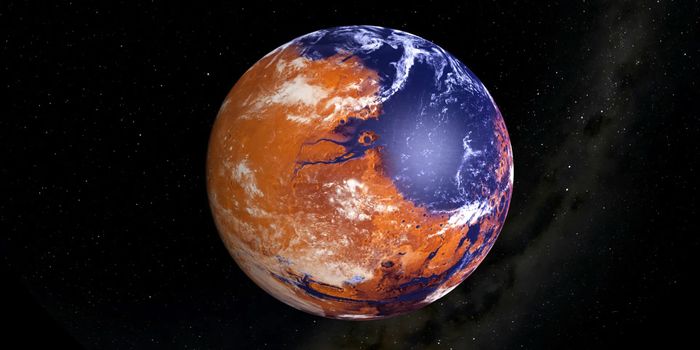Picking a Landing Site On Mars is No Easy Task
When space agencies like NASA send landers and rovers to other places in the solar system to explore, one of the most challenging questions they’re compelled to answer is where to land.
Mars is one of the most common landing sites in the entire solar system, and NASA is careful to balance safety with scientific yield. For example, landings are most likely to go according to plan when the landing surface is flat rather than rigid; but we also want to land as close as possible to areas of interest rather than far away from them.
When NASA sends things to Mars, it usually targets the equatorial region for landing. It’s vast, seasonally-stable, and maximizes sunlight exposure to onboard solar panels for power.
NASA does its best to avoid potential hazards, such as steep embarkments where a lander could tumble to its doom, soft and mushy regions where a lander could get stuck, and high plateaus which landers can’t escape from.
A bevy of other factors also play a role, and this video explains them best.








